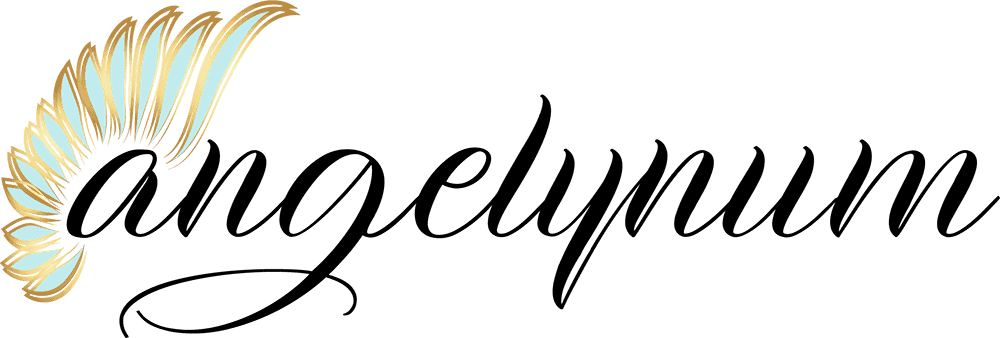The Ainu people of northern Japan and parts of Russia saw the world as alive with spirits.
Every mountain, river, animal, and even everyday object was thought to carry a spirit, known as a kamuy.
These beings weren’t distant gods high above the earth. They lived alongside humans, watching, helping, or sometimes punishing when respect was not shown.
To the Ainu, life was about balance and respect. People offered prayers, food, and rituals to honor the kamuy, hoping for safe journeys, good hunts, and protection from danger.
Each spirit had its own personality, and their stories are filled with warmth, caution, and a sense that nature itself is sacred.
Let’s step into this world of wonder and meet ten nature spirits in Ainu mythology, along with the meanings they carried for the people who honored them.
1. Kimun Kamuy, The Bear Spirit
Among all animals, the bear was the most sacred to the Ainu. Kimun Kamuy, the bear spirit, was seen as both a mighty hunter and a generous giver of life.
Bears were thought to be gods visiting the human world in disguise. When hunters killed a bear, it wasn’t seen as a simple act of survival. It was part of a sacred ritual.
The iyomante, or bear sending ceremony, honored the spirit by offering it food, sake, and prayers before releasing it back to the divine realm.
The bear was thanked for the gift of its flesh and fur. Kimun Kamuy symbolized strength, generosity, and the close bond between humans and the wild.
He reminded people that taking life came with responsibility and gratitude.
2. Ape Kamuy, The Fire Spirit
Fire was more than warmth for the Ainu. It was a living, protective spirit called Ape Kamuy.
Fire was considered a goddess, often described as a motherly figure who carried prayers to the other kamuy.
When families sat by the hearth, they spoke to Ape Kamuy with respect, treating her flames as sacred.
Before hunting, fishing, or traveling, people would ask the fire spirit to send their words to other deities.
In this way, fire became the bridge between the human world and the realm of the kamuy.
Her meaning was one of protection, communication, and comfort. Ape Kamuy burned in every home, a reminder that warmth and connection could be found even in the cold northern lands.
3. Repun Kamuy, The Orca Spirit
For coastal Ainu communities, the ocean was both a provider and a danger. Repun Kamuy, the orca spirit, was one of the most powerful beings of the sea.
Orcas were feared and revered, believed to carry the strength of warriors.
Repun Kamuy was thought to guide fishermen, bringing them luck and rich catches. But disrespect or greed could turn his favor into fury, sending storms and overturned boats.
Orcas were treated as divine visitors, never just as animals.
This spirit symbolized respect for the sea’s power and the delicate balance between bounty and danger.
With Repun Kamuy, people learned that nature gives generously but always demands humility in return.
4. Chisei Kamuy, The House Spirit
Every Ainu home had its own guardian spirit known as Chisei Kamuy.
This being protected the family, kept evil away, and ensured that harmony filled the household.
Families often prayed to this spirit at their hearth or when new homes were built.
By showing respect to Chisei Kamuy, they believed their house would stay strong and filled with peace.
The meaning of this kamuy was safety, shelter, and the sacredness of home. It reflected the belief that even the walls around you were alive with spirit, watching and protecting.
5. Aioina Kamuy, The Deer Spirit
Deer were another important animal for the Ainu, providing meat, clothing, and tools.
Aioina Kamuy was the deer spirit, honored in hunting rituals much like the bear.
Hunters prayed to Aioina Kamuy before entering the forest, asking permission to take a deer and promising to show gratitude for the life given.
Afterward, offerings of thanks were made so that the spirit would continue to bless them with abundance.
This kamuy symbolized renewal and the cycle of life. It reminded hunters that they were not simply taking but participating in an exchange of respect and necessity.
6. Wakka Us Kamuy, The Water Spirit
Fresh water was seen as a divine gift, and Wakka Us Kamuy embodied its sacred role.
Rivers and springs were thought to be alive with this spirit, which provided not just drinking water but also fish and fertile land.
When traveling or drinking from a stream, Ainu people often offered words of thanks to Wakka Us Kamuy.
Polluting the water or treating it carelessly was considered deeply disrespectful, for it risked offending the spirit who sustained life.
This spirit symbolized purity, renewal, and the deep gratitude people felt for every drop that kept them alive.
7. Kamuy Huci, The Hearth Goddess
While Ape Kamuy represented the flames themselves, Kamuy Huci was the larger goddess of the hearth.
She was one of the most important deities in Ainu life, the grandmother figure who watched over families and connected them to the divine.
Prayers for health, fertility, and safe journeys often began with her. She was considered the first to receive offerings, as she could pass them on to other kamuy.
Without her blessing, no ritual felt complete. Kamuy Huci symbolized continuity, family, and spiritual communication.
She was the warm heart of the home and a constant reminder that the divine was always present in daily life.
8. Kotan Kor Kamuy, The Owl Spirit
The owl was highly respected by the Ainu, and Kotan Kor Kamuy, the owl spirit, was seen as the protector of villages.
He was believed to watch from the skies, guarding the people from misfortune and carrying messages between humans and gods.
If an owl cried out near a village, it was taken as a sign that Kotan Kor Kamuy was delivering a message.
People listened carefully, trying to interpret whether it was a warning or a blessing. This spirit symbolized wisdom, vigilance, and guidance.
With his sharp eyes and silent flight, the owl reminded people that even in darkness, there were protectors keeping watch.
9. Moyere Kamuy, The Wind Spirit
The wind could bring relief on hot days, carry seeds across the land, or bring storms that destroyed boats and crops.
Moyere Kamuy was the spirit of the wind, a force both gentle and wild. Sailors and hunters respected this spirit, offering prayers before journeys.
A favorable wind was seen as a blessing, while sudden gales were a sign that Moyere Kamuy was displeased.
This kamuy symbolized change, movement, and the unseen power that shapes lives.
10. Kimun Kamuy Of The Mountains
Different from the bear spirit of the same name, Kimun Kamuy of the mountains was the great guardian of high places.
Mountains were sacred to the Ainu, seen as homes of the gods and sources of rivers and forests.
This spirit was honored by hunters, travelers, and shamans who ventured into the peaks.
People believed that the mountain spirit watched over all who entered, rewarding respect and punishing arrogance.
Kimun Kamuy of the mountains symbolized majesty, endurance, and the sacredness of the earth’s highest places.
He reminded the Ainu that the natural world towered above them, eternal and divine.

I always felt a strong connection to the Divine since my birth. As an author and mentor, my mission is to help others find love, happiness, and inner strength in the darkest of times.











